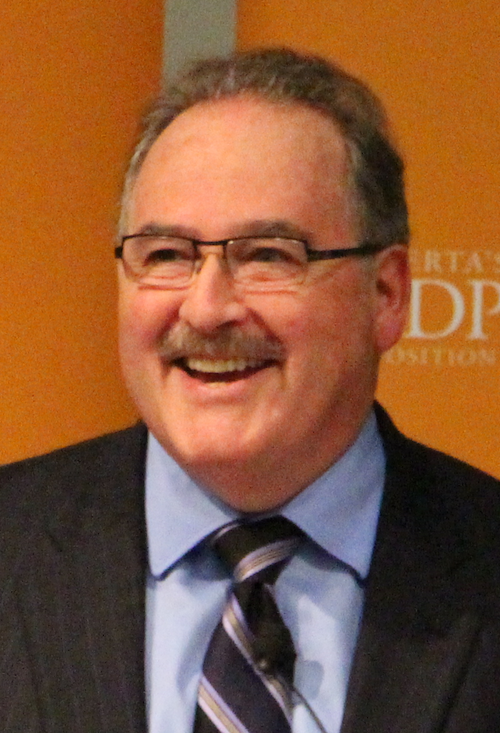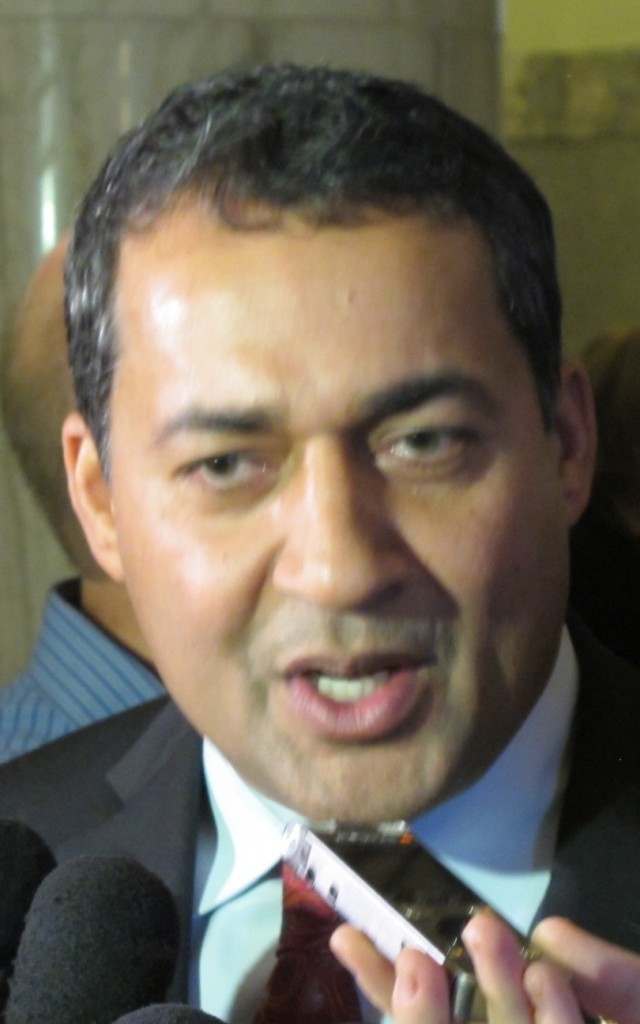
On October 18, 2014 Alberta’s New Democratic Party will choose a replacement for retiring leader Brian Mason, who has held the position since 2004. The three candidates seeking the leadership are Edmonton-Strathcona MLA Rachel Notley, Edmonton-Calder MLA David Eggen and Edmonton-Ellerslie candidate Rod Loyola.

This is the Alberta NDP’s first foray into a one-member, one-vote system preferential ballot system of selecting their leader, at least partially. While 75% of the total votes cast to choose the next leader are allocated to individual members, 25% of the total votes are allocated to organizations affiliated with the NDP.
This hybrid system was adopted after a vote by NDP members at a recent policy convention. The 25% affiliate organization vote is a recognition of the party’s historical ties to labour unions, who are suspected to make up most of the affiliates.
How the votes will actually be counted is also a source of confusion among NDP members I have spoken with. The Edmonton Journal’s Karen Kleiss did an admirable job trying to explain the system, but even after an explanation it remains needlessly complicated:
The affiliate status gives the eight unions a 25 per cent weighted vote in the leadership election.
This means that if each of the eight unions cast one ballot, each of those ballots would count for 3.12 per cent of the total votes. In a hypothetical race with 10,000 ballots cast, each union ballot would count for 312 votes.

Simply put, the votes of indivdiual organizations will be weighed heavier than votes of individual NDP members in this leadership vote. But even though NDP members may be told how those votes are weighed within the 25%, there is still no public listing of the affiliated organizations.
I am told there are at most ten organizations eligible to cast votes in the leadership contest, but privacy rules restrict the NDP from releasing the names of the organizations without their approval.
Not shy about their affiliation with the NDP, one of the affiliates is certainly the United Food and Commercial Workers (UFCW) Local 401. UFCW 401 President Doug O’Halloran announced earlier this month that his union has endorsed Ms. Notley’s candidacy.
There are limited rules around how provincial political parties conduct leadership contests. Unlike the United States, where open primary votes feel like general elections and are highly structured, leadership votes in Alberta feel like the Wild West.

Leadership candidates and their Chief Financial Officers must register with Elections Alberta, but aside from that, party’s set their own rules around entry fees, spending limits, debates, and how the leader is selected. This has led to some odd voting schemes and irregularities during recent leadership contests.
The Progressive Conservatives used a simple one-member, one-vote system and still faced numerous allegations of irregularities and online voting systems glitches in the leadership contest that selected Jim Prentice. One PC volunteer accused MLA Sohail Quadri of improperly accessing PIN numbers of PC members and Mr. Prentice’s campaign was caught handing out free memberships at public events.
In their 2011 leadership contest, the Liberal Party introduced a “supporter” category of voter, who could vote in their leadership contest by signing up for free. The “supporters” did little to boost the active membership of the party and the category was dissolved shortly after Raj Sherman was selected as leader.
Our political leaders should be encouraged to develop new and innovative ways of engaging voters in leadership races, but Albertans need to know the processes being used are fair and transparent.
